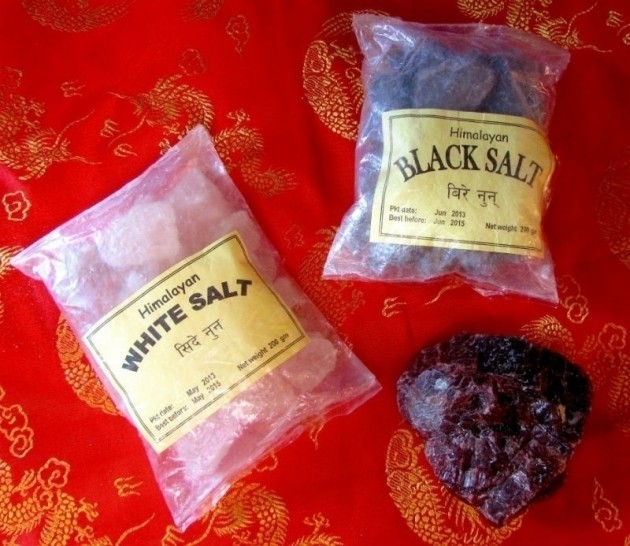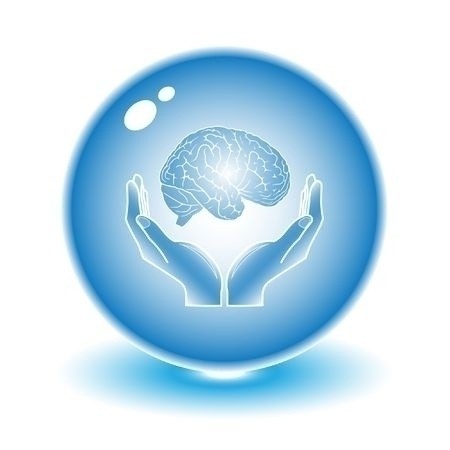Etiology
The eustachian tube is the focal point of concern in most cases of acute otitis media. The eustachian tube protects the middle ear from nasopharyngeal secretions, regulates gas pressure in the middle ear, prevents bacteria and viruses from having easy access into the middle ear from the mouth and nasopharynx, and clears secretions from the middle ear. In the child, the tube is at a horizontal level in the head (the tube becomes slightly vertical in the adult), making it easier for organisms to move from the nasopharynx into the middle ear. The tube opens during the act of swallowing due to the contraction of the tensor veli palatini muscle. Obstruction of the tube and/or abnormal patency are the initiating factors causing acute otitis media. Obstruction may be:
1. Function: Due to an abnormal opening mechanism and/or increased tubal compliance.
2. Mechanical: Due to abnormal hyperplasia of the tissues around the tubes opening into the nasopharynx or swelling of the tube itself.
3. Infection/Allergy: Affecting nearby tissues causing them to swell and occlude the tube.
In infants, the bacteria most involved are E. coli and S. aureus; in older children (but less than eight years old), the most common bacteria are S. pneumonia, H. influenza, Group A-beta hemolytic streptococci, and S. aureus. Over eight years of age H. influenza is less involved in infections of the ear and the other three bacteria are the main causes. Otitis media usually begins when a viral URI or acute otitis media experiences secondary invasion
by one of these bacterial organisms.
Causative factors involved in susceptibility include substituting early bottle feeding for breast feeding. Human breast milk seems to have a prophylactic effect on a baby, although the exact reason why is not understood: that is, whether it has more to do with an intolerance to the cow's milk or the natural immune boost provided by mother's milk, or a combination of both. A related factor to bottle feeding is that supine feeding with the bottle has been shown to cause regurgitation of the milk which then has a chance of entering the eustachian tube. Another very common etiological factor in children is one or more food or inhalant allergies. Allergens may cause acute otitis media by causing mucous production and mucous membrane swelling. Once the allergens are discovered and removed from the child's environment or diet, health can greatly improve. Common food allergens in children include cow's milk, wheat, soy, corn, citrus, and egg, although other foods may be implicated on an individual basis. Inhalant allergies include molds, dust, animal dander, and hay fever. Pre-teen otitis media seems to be related to true food allergies, while otitis media in adults (20 years and older) seems to be mostly food sensitivities.
Symptoms
The initial complaint of acute otitis media is usually that of a persistent painful earache. Children may pull on
their ear or bore their finger into the canal. The child's mood may often change to irritability or clinginess. There
is not infrequently a history of recent viral URI, although eustachian tube obstruction from any cause can lead
to infection. Hearing loss may occur but is not that common. High fever, chills, nausea, vomiting and diarrhea may be present. Tympanic membrane is hyperemic, opaque, and bulging: the cone of light is displaced, and the landmarks are hard to discern. Insufflation shows a tympanic membrane that does not move. If the tympanic membrane spontaneously ruptures, there is significant pain relief associated with the flow of bloody, serous, and/or purulent otorrhea.
Course and Prognosis The potential complications of acute otitis media include acute mastoiditis; petrositis; brain abscess; facial paralysis; epidural abscess; labyrinthitis; hearing loss (conductive and sensorineural); meningitis; subdural empyema; lateral
sinus thrombosis; otitic hydrocephalus; and the development of serous otitis media. Symptoms of the beginning
of one of the seri-ous complications (all but serous otitis media) include headache, chills and fever, vertigo, and sudden severe hearing loss. The typical course for a child having recurrent infections and seeing an M.D. for treatment would be continuous use of antibiotics, tympanostomy tubes, tonsillectomy and adenoidectomy, although these procedures have no significant efficacy in the literature when compared to treatment with placebo. If a child is taken off of foods she/he is intolerant of and avoids other allergens, a complete cessation of acute otitis media episodes may often ensue.
Serous otitis media, also known as secretory or nonsuppurative otitis media, is a chronic effusion in the middle
ear, resulting from the incomplete resolution of acute otitis media or a chronic obstruction of the eustachian tube.
It may be recognized by seeing an air fluid level or bubbles behind the tympanic membrane with otoscopy, as well as retraction of the mem-brane, a displaced light reflex, and an ability to see the landmarks more distinctly.
It is found in 20-40% of children under six years old and may cause conductive hearing loss. On culture, the exudate present is usually sterile but may contain pathogenic bacteria. Allergies have been firmly implicated in patients with serous otitis media, either inhalant (16%), food (14%), or both (70%). Patients who are treated for allergies by removing the offending anti-gen and/or by desensitization show a very good success rate in curing serous otitis media.
General Treatment Strategies in otitis media
1. Assume problem has a dietary component until proven otherwise.
2. Eliminate all dairy products for at least three weeks.
3. Eliminate refined sugars and "junk food."
4. Address food intolerance (begin with most simple and inexpensive).
- eliminate foods the child commonly eats that are on the "common offenders" list, or
- perform elimination/provocation (E/P) testing
- if E/P is unsuccessful you may wish to proceed to serum IgG, IgE or IgM-invasive and costly but
very useful
5. Eliminate trans fatty acids from diet.
6. Decrease omega-6 intake while increasing omega-3 intake
7. Reduce intake of meat and eggs unless child is malnourished.
8. Address biomechanical problems.
Suggested Nutritional Supplementation
Acute Otitis Media Nutritional Protocol
- D89-1 - 5-10 drops directly in the ear or applied to cotton and inserted in the ear.
- D89 - 5-10 drops under tonge 4-6 times daily..
- Mycelized Children's Multi-Vitamin - 1 ml 2 times daily.
Chronic Otitis Media Nutritional Protocol
- D89-1 - 5-10 drops directly in the ear or applied to cotton and inserted in the ear.
- UltraFlora Plus - 1/2 teaspoon mixed in lukewarm water, diluted juice, or formula 2 times daily.
- Ultracare for Kids® - one level scoop to eight to ten ounces of pure, distilled, or filtered water
Nutritional Support for Children with Food Sensitivities
Additional Considerations
- Children who have been on repeated courses of antibiotics may need restoration of bowel ecology (Ultra
Flora Plus and Probioplex Intensive Care).
- Breast-fed children may require additional zinc (Zinc Drink). Zinc Tally may be used to determine the zinc
deficiency.
- Essential fatty acids deficiency (dry skin, flyaway hair) may be present(Balanced EPA-DHA LIquid).
- Bottle-fed children may require additional GLA (GLA Forte).
- In cases of allergy (HP 1 Pain & Inflammation Remedy or Perimine).
Additional Therapy
Acupuncture can be useful as an adjunctive measure, especially Si Feng in babies and toddlers. Acupressure
can provide symtomatic relief.
Main Points: GB-20, GB-2, GB-41, SJ-5, SJ-17, Si Feng extra
If Needed, Add:
- LI-4 to clear wind; KI-3 tone kidney; LV-3 regulate; LV LI-4,DU-14,DU-11clear wind/heat; BL-18 regulate; LV/GB SP-6 tone spleen
Otitis in Breast-Fed Infants
- Child may be sensitized in utero
- Mother's current diet - perform Elimination/Provocation
- Excessive maternal vitamin or drug intake in pregnancy or lactation
- Poor maternal EFA or zinc intake (quite common)
- Unrelated to food or nutrition
- Suspect birth trauma
- Consider vaccine reaction if child has been immunized






